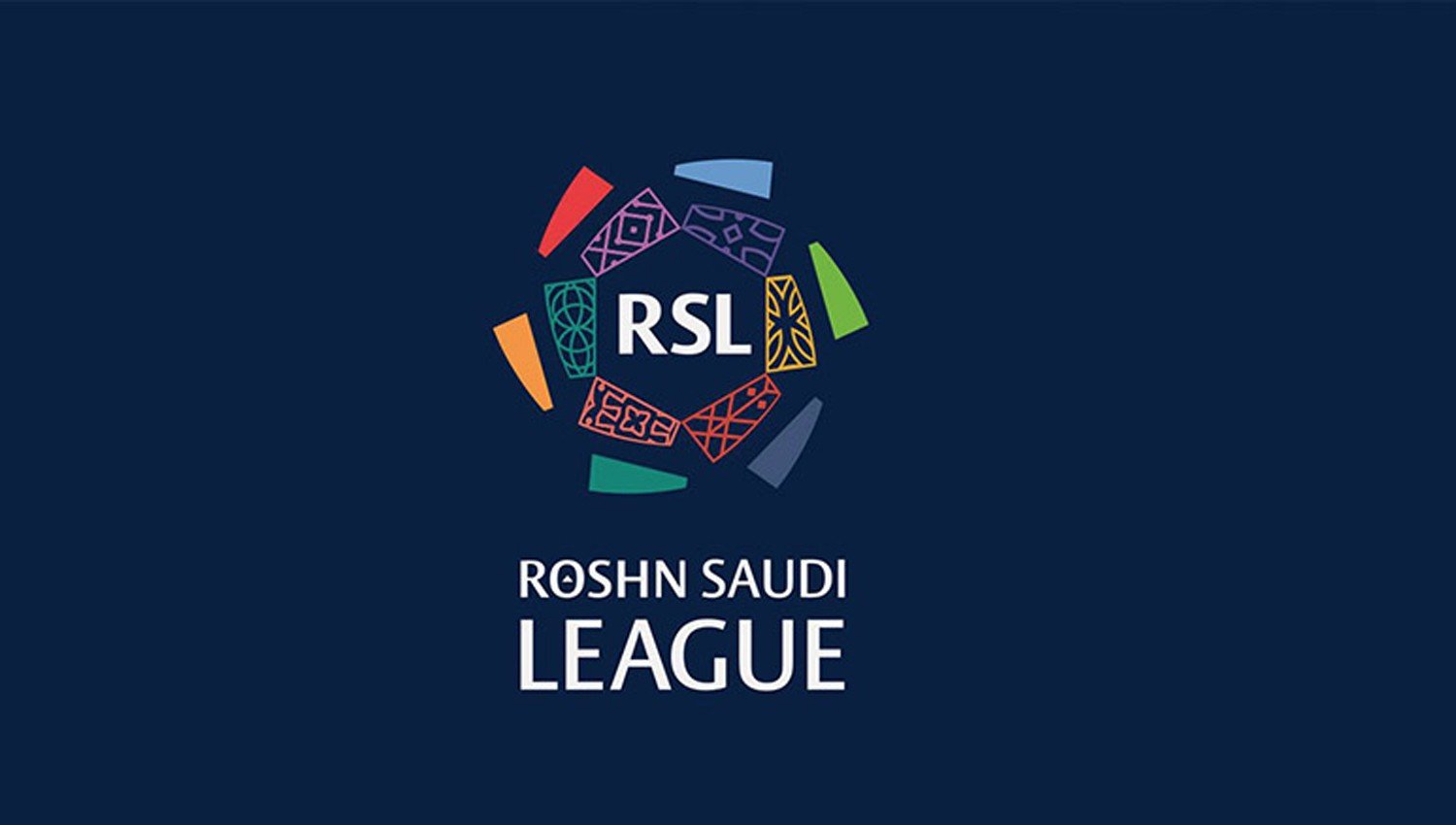
Tactical Shifts in the Saudi Pro League 2025: How Strategy Is Evolving
The Saudi Pro League (SPL) has been in the spotlight in recent years due to its massive financial investment and the arrival of global EW8 superstars. However, beneath the surface of flashy signings and media buzz lies a more nuanced transformation—a tactical evolution that is reshaping the identity of football in Saudi Arabia.
In 2025, the SPL is no longer just about marquee players and million-dollar contracts; it's about modern football philosophies, high-intensity systems, and innovative coaching strategies. This article dives deep into the tactical shifts taking place across the league and how they are redefining its global reputation.
1. From Entertainment to Efficiency: A Tactical Revolution
Historically, the SPL has been known for its open, attacking football—matches with high scorelines and end-to-end action. While entertaining, this often came at the expense of defensive structure and tactical discipline.
That is changing. In 2025, SPL clubs are adopting:
-
Compact defensive structures
-
Ball-oriented pressing systems
-
Positional play (juego de posición)
Coaches are no longer relying on individual brilliance alone. Instead, they are implementing collective strategies rooted in European and South American tactical trends.
2. The European Coaching Influx: A Catalyst for Change
A major driver of tactical evolution in the SPL is the arrival of European managers with elite pedigree. Coaches like:
-
Jorge Jesus (Al Hilal)
-
Steven Gerrard (Al Ettifaq)
-
Luis Castro (Al Nassr)
...are introducing advanced tactical systems based on:
-
Structured pressing
-
Zone-based marking
-
Rotational midfield play
Their influence is not only raising the tactical IQ of players but also forcing local coaches to adapt and evolve.
3. The Rise of High Pressing and Counter-Pressing
One of the most significant tactical shifts is the widespread use of high pressing. Teams like Al Hilal and Al Ittihad now aim to:
-
Win the ball in the final third
-
Trap opponents near the sidelines
-
Transition quickly into attack after regaining possession
This requires:
-
High fitness levels
-
Precise positioning
-
Synchronized pressing triggers
Even teams in the lower half of the table are trying to emulate this style, signaling a league-wide commitment to modern football methodology.
4. Tactical Flexibility: No More One-Size-Fits-All
SPL clubs are also demonstrating greater tactical flexibility. Coaches now:
-
Shift between 4-2-3-1, 4-3-3, and 3-5-2 formations mid-match
-
Adjust their lines of engagement depending on the opposition
-
Use inverted full-backs, false 9s, and overloads on flanks
This strategic depth allows clubs to compete more effectively in AFC Champions League fixtures and prepares them for top-level global competition.
5. The Role of Foreign Stars in Tactical Execution
Bringing in players like Rúben Neves, N’Golo Kanté, Marcelo Brozović, and Riyad Mahrez has not only improved quality—but has accelerated tactical understanding.
These players:
-
Serve as on-field tactical leaders
-
Help local players understand complex systems
-
Elevate the team’s tempo and game management
Their presence is also encouraging Saudi talents to improve their positioning, reading of the game, and tactical discipline.
6. Tactical Set-Pieces: A New Frontier
Another area seeing massive improvement is set-piece strategy. Teams are now:
-
Designing rehearsed routines for corners and free-kicks
-
Using blocking, zonal vs. man-marking hybrids, and near-post flick-ons
-
Employing data analysts to identify set-piece patterns from opponents
This attention to detail is narrowing the margins in close games and professionalizing match preparation across the board.
7. Data and Analytics in Tactical Planning
SPL clubs are investing in football analytics, hiring:
-
Video analysts
-
Tactical scouts
-
Data scientists
This data-driven approach helps coaches:
-
Analyze opponent weaknesses
-
Track player workloads
-
Refine in-game decisions
Tactics are no longer decided just on instinct—they’re guided by numbers and patterns.
8. Defensive Solidity: Building from the Back
Unlike past years, where defense was often the weak link, 2025 has seen:
-
Better central defensive partnerships
-
Sweeper keepers involved in build-up play
-
Tactical fouls and press-breaking resistance
Clubs like Al Ittihad and Al Ahli now build from the back with calmness and purpose—mirroring the best practices seen in European leagues.
9. Youth Development and Tactical Identity
Saudi academies are starting to integrate tactical education into youth development programs. Young players are:
-
Learning different formations from an early age
-
Being taught about pressing triggers, off-ball movement, and verticality
-
Spending time watching match analysis and video sessions
This ensures that the next generation will be more tactically literate and adaptable to modern systems.
10. Tactical Rivalries Making the League More Competitive
What’s exciting is that different teams now carry distinct tactical identities:
-
Al Hilal: Dominant possession and high tempo
-
Al Nassr: Quick transitions and vertical play
-
Al Ittihad: Compact block and set-piece strength
-
Al Ahli: Creative wide play and fluid midfield structure
These tactical contrasts are making the league not only more competitive but also more attractive to global audiences.
Conclusion: The Tactical Future of Saudi Football
As the Saudi Pro League grows in stature, its tactical evolution will be the backbone of long-term success. No longer dependent solely on financial might, Saudi clubs are now equipped with strategic depth, global talent, and forward-thinking coaches.
This tactical shift has not only modernized the game in Saudi Arabia but has also positioned the SPL as a league to be respected on a global footballing stage.
Call to Action
Passionate about the beautiful game? Whether you're a long-time follower or new to the SPL, now is the time to engage with this tactical revolution. Let’s continue to support the global growth of football—because the future is not just in Europe, it’s also unfolding in Saudi Arabia.

0 Comments
Post Comment